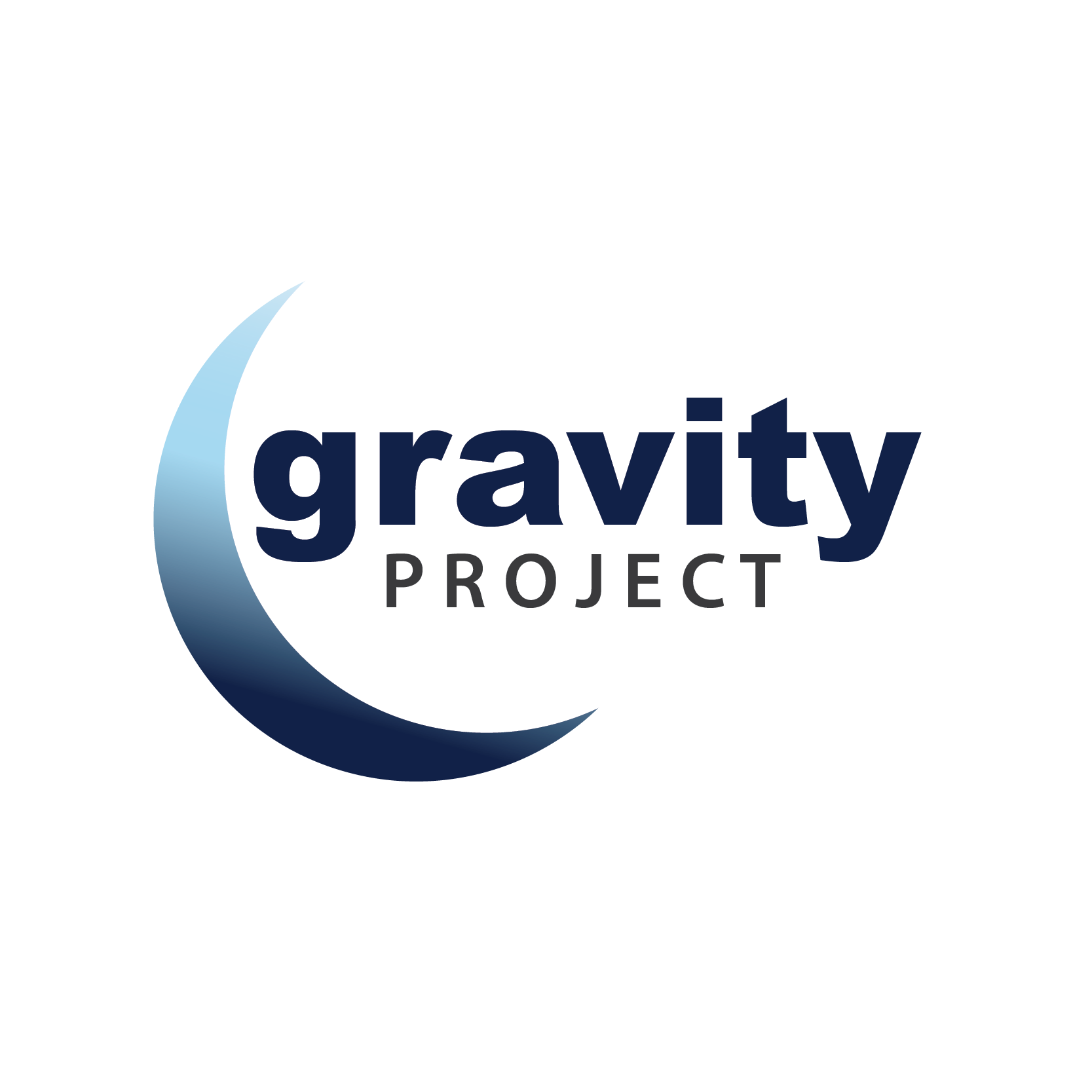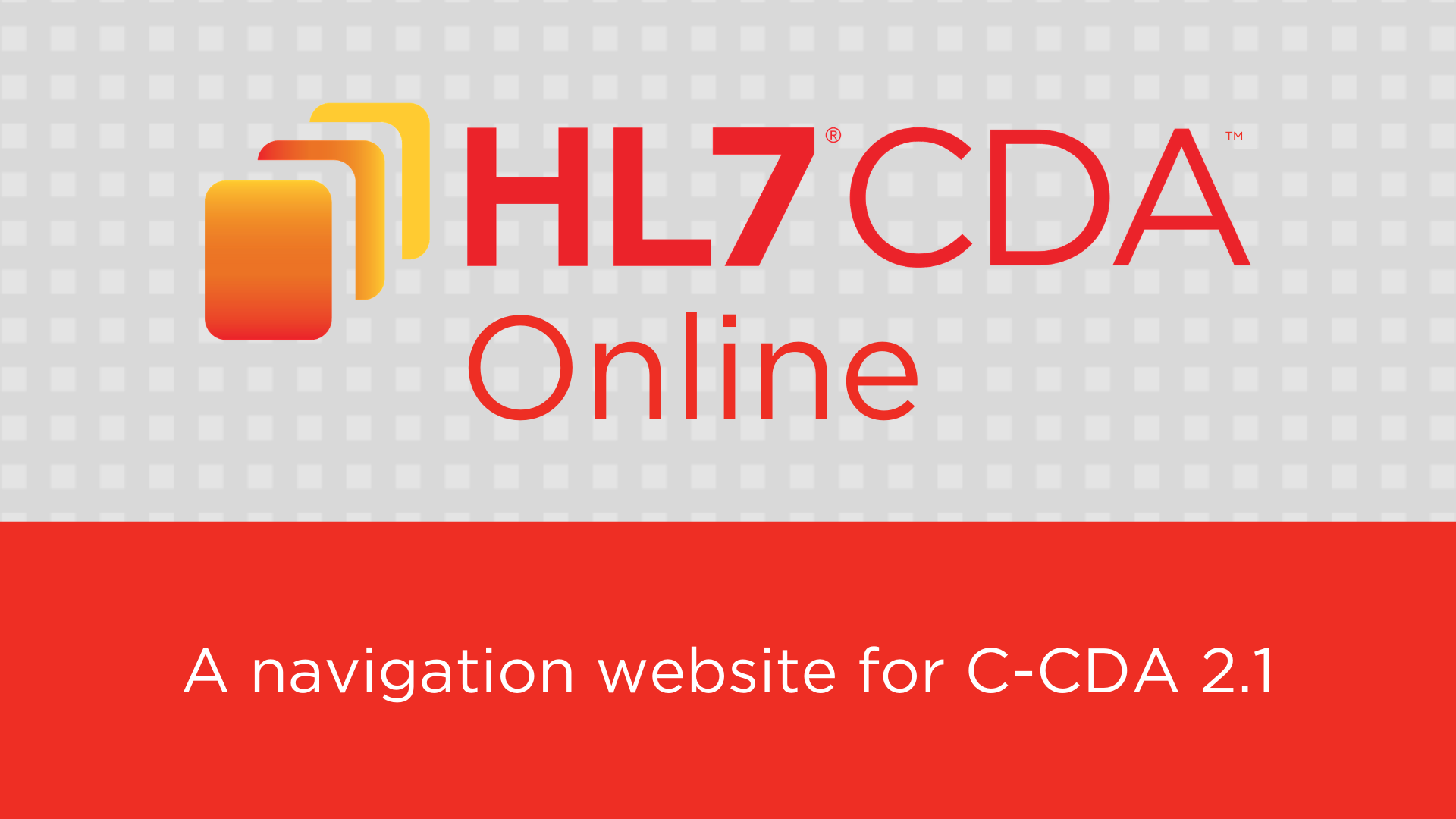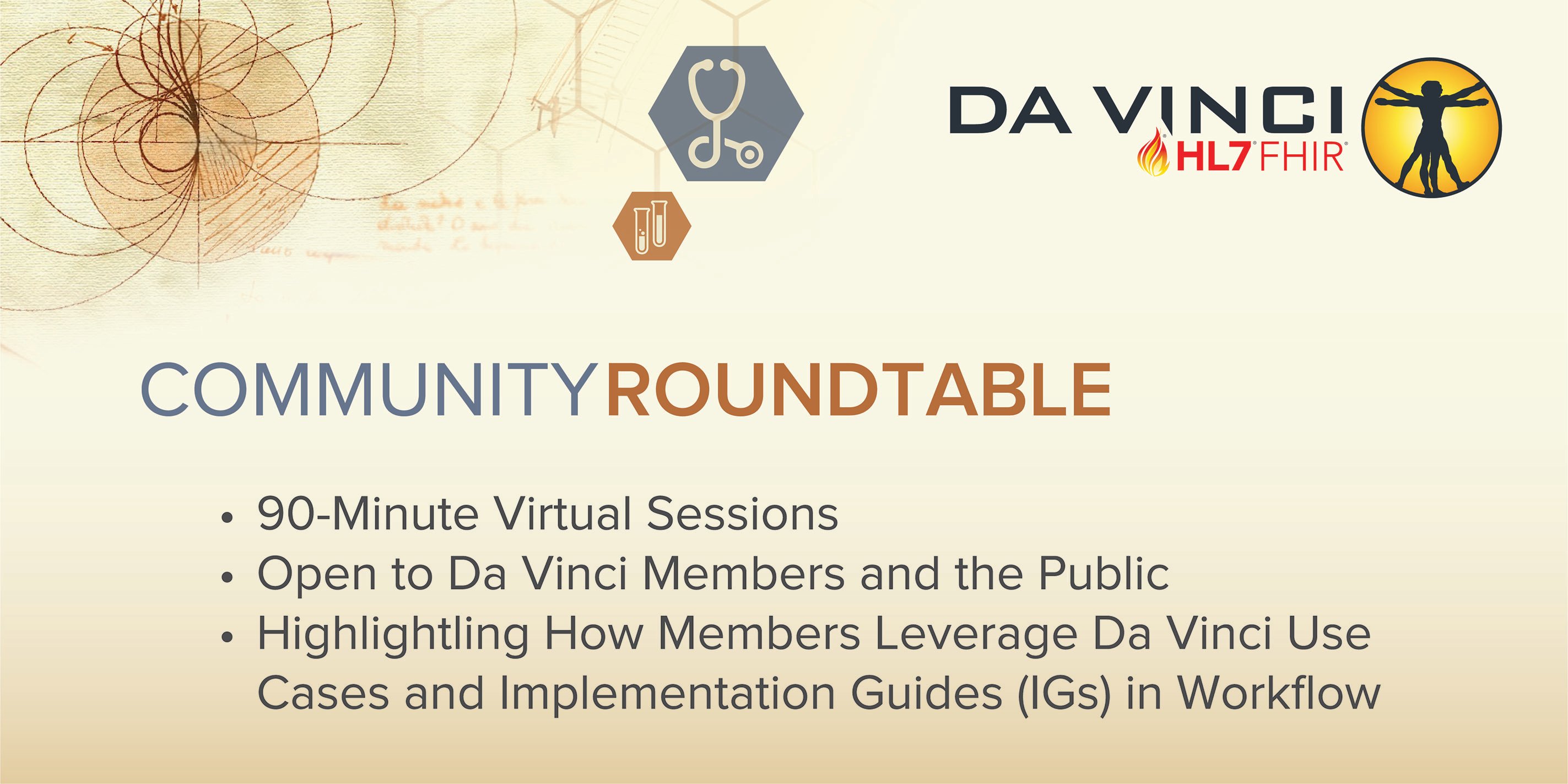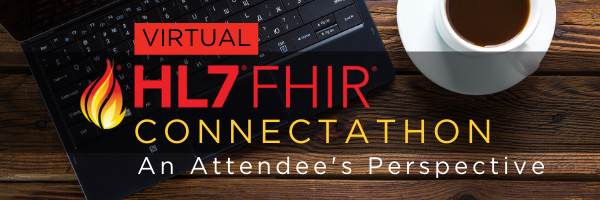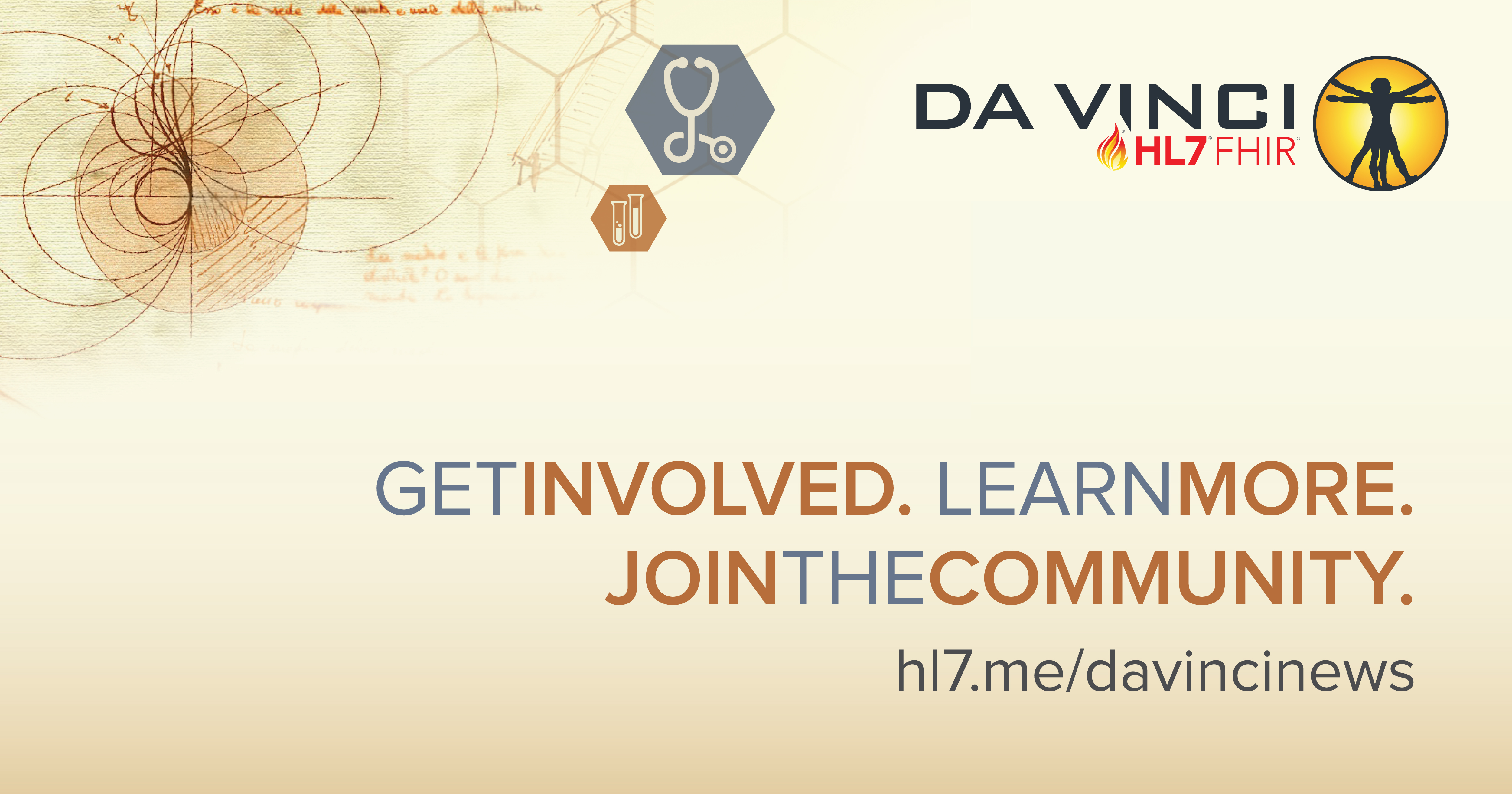Highlighted here is a preview of what’s on the horizon as the Gravity Project matures and
recent examples of Gravity standards integration.
The Gravity Project®, an HL7® FHIR Accelerator, is evolving the way it advances social care data integration as a strategy to promote health equity while maintaining continuity with the mission and consensus-based processes that are core to the project. The project is a national public-private collaborative developing, testing, and implementing consensus-based social determinants of health (SDOH) data standards for use across the health, social services, public health, and research sectors. The Gravity community embodies a truly inclusive representation of over 2,500 stakeholder members of its public work groups and governance committees across the healthcare, health IT, community-based, federal and state agency, payer, academic, and patient/ consumer advocacy sectors.
In 2021, HL7 was awarded a cooperative agreement with the Office of the National Coordinator for Health Information Technology (ONC) to prioritize and expedite the development of standards specific to five gap areas including SDOH. Under this collaborative agreement, the Gravity Pilots Affinity Group was launched in September 2022 as a peer-to-peer learning forum for real-world testing of Gravity terminology and technical standards. Pilot sites are invited to demonstrate the use of social care coded terminologies (e.g., LOINC®, SNOMED-CT®, ICD-10®) and/or the HL7 SDOH Clinical Care FHIR Implementation Guide (SDOH CC IG), share implementation lessons learned with other pilot participants, seek/find partnerships for testing, and gain real-world experience.


